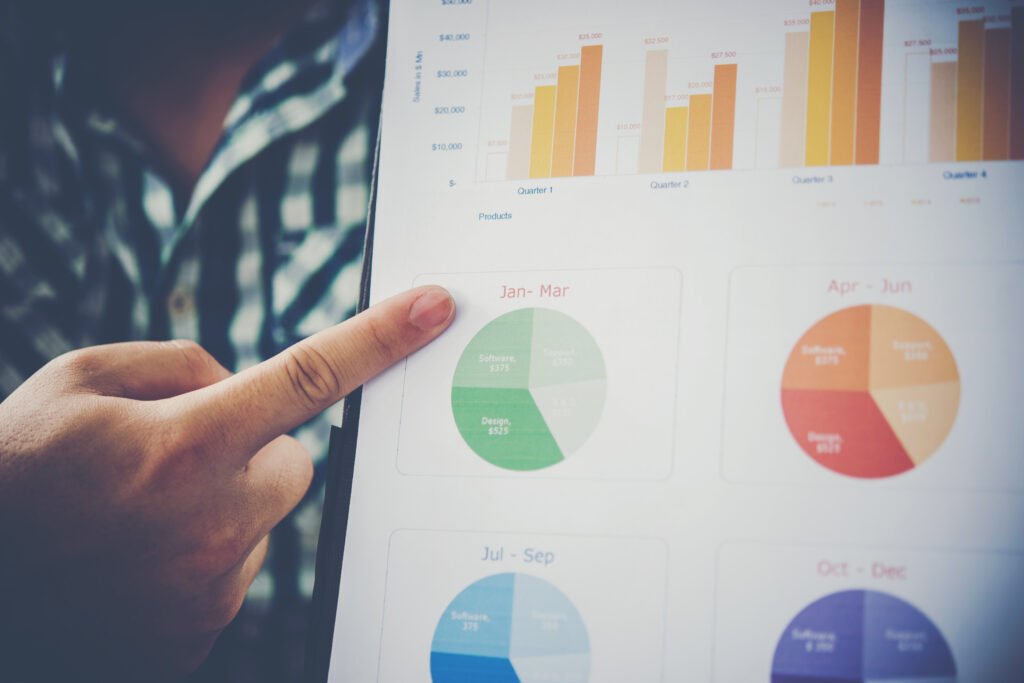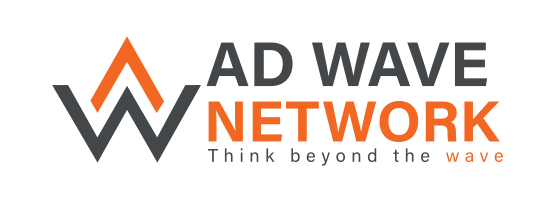Managing Google Ads Agency Account with Advertising Data
Effective management of a Google Ads agency account is key. It is to run successful ad campaigns. For agencies, this can be a challenge, especially when handling multiple clients and campaigns. But the real secret to success lies in advertising data.
By using this data, you can make smarter decisions, improve your campaigns, and deliver better results for your clients.
In this blog post, we’ll dive into using advertising data and advertising insights to optimize your Google Ads agency account.
We’ll also explore how a data manager can help. Plus, insights from platforms like business centre TikTok can boost your ad strategies.
Why Google Ads Agency Account Management Matters
Managing a Google Ads agency account means handling multiple campaigns, client goals, and performance metrics. Without the right tools, this can quickly become overwhelming.
That’s why understanding how to use advertising data effectively is so crucial.
What’s a Google Ads Agency Account?
A Google Ads agency account is a unique setup that allows agencies to manage multiple client campaigns from one dashboard. This makes streamlining your workflow and monitoring performance across various accounts easier.
A Google Ads agency account keeps your campaigns organized and trackable. Whether you are working for a small business or a large corporation, this is true.
Why Managing It Well is Key
If you don’t manage your Google Ads agency account properly, your campaigns can easily lose effectiveness. It’s not just about setting up ads and hoping for the best.
Continuous monitoring, optimizing, and refining campaigns based on advertising data keeps them on track.
This ensures your ads reach the right people and achieve your client’s goals—whether it’s more clicks, conversions, or sales.

Understanding Advertising Data and How It Helps
What Exactly is Advertising Data?
Advertising data is all the info you gather from your ads. It includes how many clicked them, your conversions, and your click-through rate (CTR).
It tells you what’s working and what’s not in your campaigns. Without advertising data, you’re essentially flying blind.
How Advertising Data Improves Campaigns
When you’re managing a Google Ads agency account, advertising data is your best friend. It helps you see which ads are performing well and which need adjustments.
If one of your ads has a high CTR but a low conversion rate, it shows the audience is interested. But something in the landing page or offer isn’t right.
This insight allows you to tweak things in real time and improve your campaigns.
Another benefit of advertising data is that it helps you make informed decisions about ad spend.
You can optimize your budget for the most effective ads by analysing which keywords or demographics perform best.
How a Data Manager Can Help Your Google Ads Agency Account
What Does a Data Manager Do?
A data manager handles all the data coming from your ad campaigns. They make sure the data is correctly tracked, analyzed, and reported so that your campaigns can be optimized. In a Google Ads agency account, the data manager ensures that your campaigns are always performing at their best.
Optimizing Campaigns with Data
The role of a data manager is vital because they bring expertise to interpret advertising data and advertising insights.They can use tools like Google Analytics or third-party software to find where to improve.
For example, if a campaign isn’t doing well, the data manager might suggest: adjust the ad copy, change the targeting, or tweak the bids.
The data manager lets agencies make quick decisions. This improves performance. It helps you get the best results from your Google Ads agency account.

How Advertising Insights Can Boost Your Campaigns
Using Insights to Improve Targeting
One of the best ways to leverage advertising insights is to refine your targeting.
Know your ad audience’s demographics, interests, and behaviors. This ensures your ads reach those most likely to convert.
Advertising insights help you better understand your audience, which leads to more effective targeting.
For example, if your data shows most conversions come from mobile users, you can adjust your bids to favor mobile traffic.
These adjustments ensure that your budget is spent efficiently, increasing the chances of a higher ROI.
Improving Your Ad Copy and Design with Insights
It’s not just about targeting—advertising insights also influence the content of your ads. By analyzing which messages, images, or calls to action (CTAs) perform best, you can tailor your ad creatives to resonate better with your audience.
For example, if you notice that ads with a certain phrase or image perform better, you can use this insight to shape future ads.
Regularly checking your advertising insights helps ensure your creatives are always on point, driving more engagement and conversions.
Cross-Platform Campaigns: Google Ads and TikTok Business Center
Using Both Platforms for Maximum Reach
Managing ads on just one platform can limit your reach. That’s why cross-platform campaigns are becoming increasingly important.
By integrating insights from both Google Ads and business centre TikTok, you can create a more comprehensive marketing strategy that covers multiple channels.
Integrating Google Ads with TikTok Data
Business centre TikTok offers its own advertising data set, which can complement your Google Ads performance.
For example, if certain types of content perform well on TikTok, you can use these insights to adjust your Google Ads campaigns.
Whether tweaking your visuals or refining your targeting, combining advertising insights from both platforms can help you create a more effective ad strategy across the board.
Best Practices for Managing Google Ads Agency Accounts with Data
Monitor Key Metrics Regularly
When managing a Google Ads agency account, keeping an eye on key metrics like CTR, conversion rate, and ROAS is essential.
These metrics give you a clear picture of how your campaigns are performing. Analyzing them regularly, lets you spot issues early and make quick adjustments.
Leverage Automation Tools
Dealing with large amounts of data can be overwhelming. That’s where automation comes in. Using tools to automate tasks like reporting, A/B testing, and bid adjustments helps save time and reduce errors.
With automation, you can ensure that campaigns are always running smoothly without manual intervention.
Collaborate with Clients on Data Insights
Effective communication is key to managing a Google Ads agency account.
Clients want to know how their ads are performing, and advertising data helps you provide them with clear, actionable insights.
By regularly sharing advertising insights with clients, you can help them understand the value of their investment and build stronger, more transparent relationships.
Conclusion
Managing a Google Ads agency account requires using ad data and insights. You must optimize campaigns based on them. A data manager is vital. They must track and interpret these insights to improve campaign performance.
Using insights from multiple platforms, like Google Ads and TikTok, can help. It can create a better cross-platform ad strategy.
You can run effective campaigns that deliver results. To do this, regularly monitor key metrics, use automation tools, and work with clients on data-driven decisions.
Start using advertising data and insights today. It will boost your Google Ads agency account management!
FAQ
What is a Google Ads agency account?
A Google Ads agency account allows agencies to manage multiple client campaigns from a single dashboard. It streamlines workflows, organizes campaigns, and tracks performance across accounts. This makes it easier to manage ads for multiple clients.
What is advertising data, and how does it help improve campaigns?
Advertising data includes metrics like click-through rate (CTR) and ad impressions. It also includes the conversion rate. It shows what works in your campaigns and where to improve. Use this data to optimize ad performance, refine targeting, and make better budget decisions.
How do advertising insights improve ad targeting?
Advertising insights allow you to understand your audience’s demographics, interests, and behaviors. By analyzing this data, you can refine your targeting to ensure your ads reach the right people. If mobile users convert more, adjust your bids to favor them. This will maximize your ROI.




